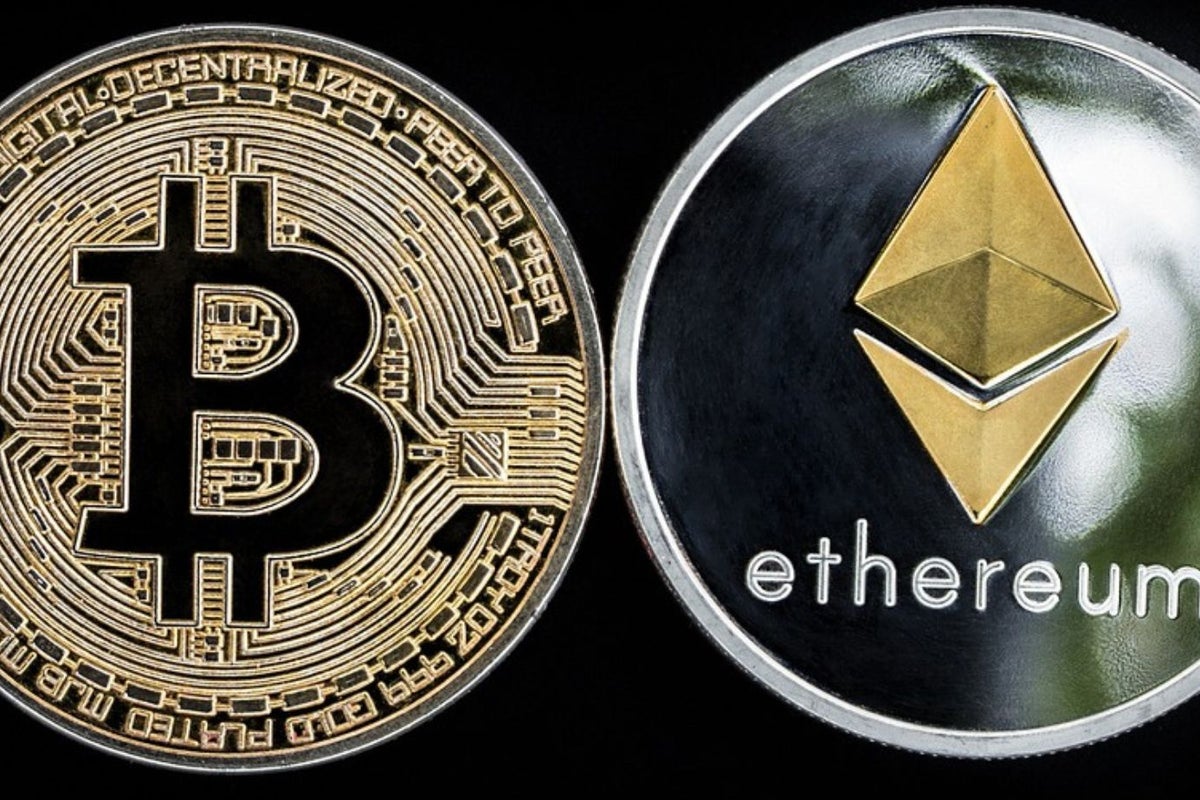How does copyright law affect the sale and distribution of NFTs? (shrimp)
This episode originally aired on February 7, 2022.
Non-fungible tokens, or NFTs, are basically digital certificates of ownership, a virtual claim that a photo, GIF or even a song belongs to you. And while some artists were initially happy to jump into this new space, others have been surprised or outraged to find that people, not themselves, beat them to it.
Last year, several musical artists publicly complained after the website HitPiece temporarily listed NFTs for their songs or albums without the artists’ permission. But does it break the law to sell other people’s art as NFT?
Marketplace’s Kimberly Adams spoke with Aram Sinnreich, a professor and chair of the communication studies department at American University, around the time of this dust-up. He said all of this falls into a gray area, at least as far as existing copyright law is concerned. The following is an edited transcript of their conversation.
Aram Sinnreich: One of the things that [copyright law] works very well because it prevents people from being able to do certain things with a creative work unless they have permission from the person who created it. And those things include copying it or distributing it or displaying it publicly or adapting it into a new work of art. An NFT is not really any of these things. An NFT is more like a URL. It’s just a code that points to an artwork. There is nothing illegal in pointing at something. And so there’s not really a copyright element that comes into play because the original artwork is not being adapted or distributed or copied in any meaningful way.
Kimberly Adams: So we’ve read about songs being sold as NFTs, but those aren’t exactly the songs, are they?
Sinnreich: Yes that is correct. I think most people who buy NFTs have no idea what they are actually buying. There was a craze for buying the rights to name stars a few years ago, wasn’t it?
Adams: I remember.
Sinnreich: And you didn’t actually get to own the star, let alone travel to the star. All you got was your name written down in a ledger somewhere that said you are the owner of the star, right? An NFT is exactly the same. It’s just a ledger somewhere that says you’re associated with a given file. But someone else can write their own ledger completely separately and attach someone else’s name to that star.
Adams: It’s all here, are NFT scams to begin with? comes in because what is the value of this pointer?
Sinnreich: Right. Well, this is a good example of what is known as a speculative bubble. The vast majority of money that people spend on NFTs is not spent because they are in love with the underlying artwork. The only reason people spend money on these things is because they are reasonably confident that before the bubble bursts, they will be able to sell it for more than they spent on it.
Adams: How different is assigning value to NFTs from assigning value to other types of artwork?
Sinnreich: Works of art have basically been assigned value based on their scarcity and their perceived market value, rather than the actual value they have in people’s lives, right? I could have a poster of the “Mona Lisa” and it’s worth $10, but the actual “Mona Lisa” is worth orders of magnitude more than that. So this kind of feeling that artwork is based on scarcity and based on perceived value long predates NFTs. What is different about NFTs is that they are not only used on unique works of art like the “Mona Lisa”, they are also used on things that are mass produced and infinitely mass reproducible, like MP3s or digital video files or JPEGs. And those types of files have very limited market value unless they are artificially created as scarce items. And NFTs exist for one purpose only, which is to impose artificial scarcity on something infinitely reproducible with the click of a button.
Adams: How does what we see with NFTs now and artists who feel their music is being stolen or used without their permission compare to what we saw with music piracy in the early 2000s on platforms like Napster or LimeWire?
Sinnreich: From a technological and economic point of view, it is a completely different situation than Napster. But one thing that unites them is that in both cases the type of perceived value and perceived harm differs from the legal and technological realities. So if I were to make a piece of art and someone else made a NFT out of it, I would feel some sort of personal injury because there is an underlying sort of moral sense of my relationship with the artwork that has no bearing on what the actual law says. And in this case there is no law. We don’t know what the laws of NFTs are because Congress hasn’t written anything and no courts have really had to rule on it yet. So this is a completely open space, where people who invest in these products have no idea how legally enforceable their claims will be regardless of their emotional investment in the relationship with the works.
Related Links: More Insights from Kimberly Adams
I spoke with Sinnreich back in February, long before the market for NFTs collapsed in quite spectacular fashion. Last month, several celebrities were sued for promoting the digital products and accused of inflating the value of items that turned out to be fairly worthless.


